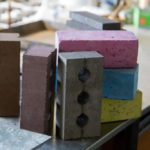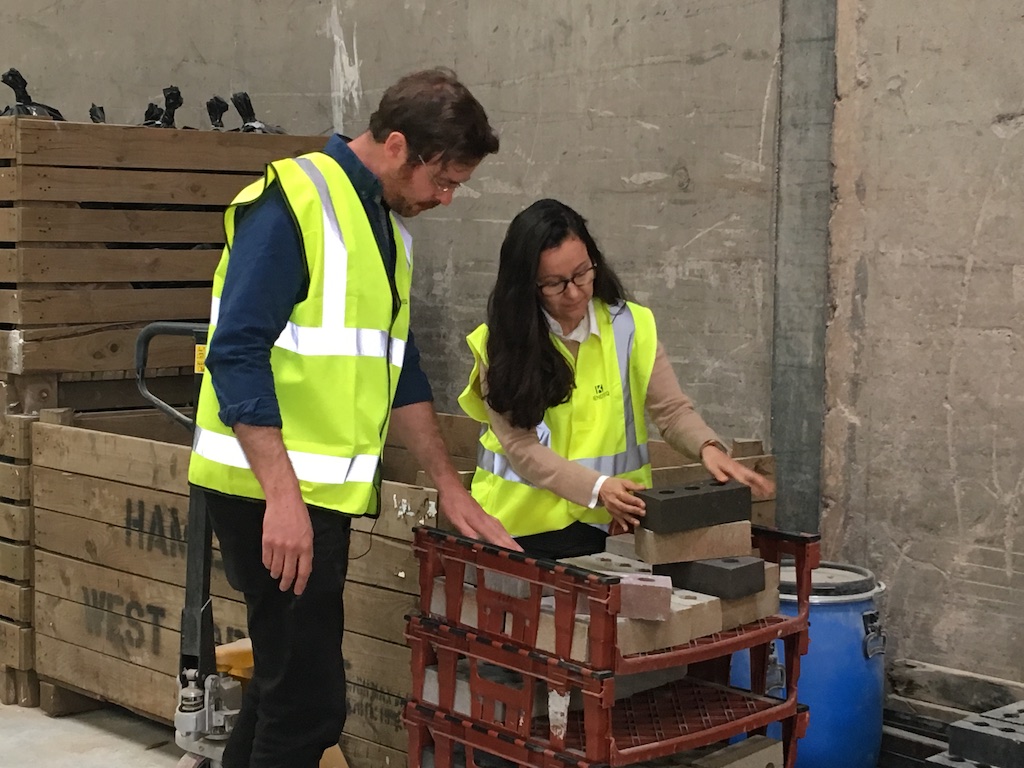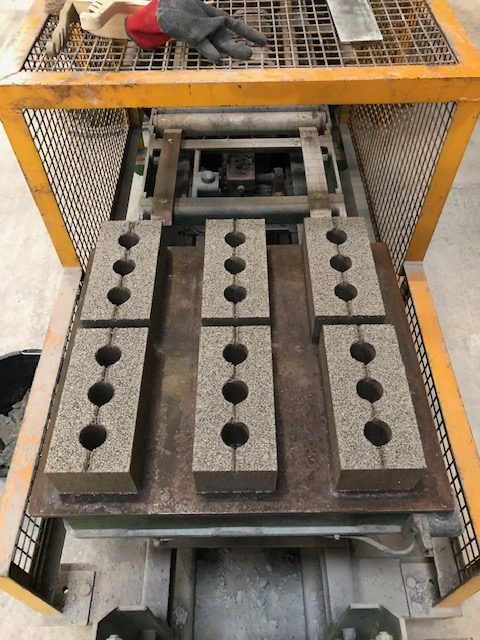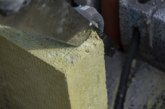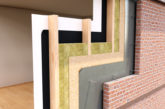Is the need to house the population of the present in suitable homes in direct conflict with the need to reduce our carbon footprint and provide that same population with a better future?
Professor Gabriela Medero, co-founder of Kenoteq and Professor of Geotechnical and Geoenvironmental Engineering at Heriot-Watt University, argues that with products such as the K-Briq, the UK can build and protect at the same time.
At present, the environmental credentials of most buildings are only considered during the late design stage. Measures taken to offset carbon footprints, such as the addition of solar panels on the roof or insulation to improve carbon efficiency are almost an afterthought. The impact of the raw materials used within the build, however, are not usually reported. We must adopt a new approach and consider how every stage of the construction process impacts our environment before building plans are finalised.
Take bricks. The literal building blocks of the housebuilding industry are one of the highest contributors to CO2 during manufacture with industrial brick-making processes taking a significant toll on the environment. Clay fired bricks, while sturdy, require kiln temperatures of over 1,000°C generated by phenomenal amounts of fossil-fuel use in order to harden, emitting considerable carbon dioxide levels.
The brick-making process also generates air pollutants such as carbon monoxide and oxides of sulphur through fuel burning. Fine dust generated during the manufacturing process has an additional impact on our environment and health.
Waste is another issue. Across Europe, the construction industry sends 800 million tonnes of waste to landfill every year, at a huge cost to itself and the environment. Recent laws state that 70% of all construction and demolition waste in the UK must be recycled.
These combined challenges present a unique opportunity to fundamentally change the raw materials we use to build our homes. It is possible to re-use valuable recycled materials from construction and demolition waste to reduce carbon emissions and limit virgin material exploitation.
My team and I have developed an unfired brick called the K-Briq, made from 90% recycled demolition and construction waste materials such as high quality recycled sands/gravels, recycled gypsum from waste plasterboard, and recycled pigments processed from waste fines that would otherwise be landfilled. It produces a tenth of the CO2 emissions of a traditional fired brick and uses less than a tenth of the energy during manufacture. The K-Briq also has much reduced lead times compared to traditional clay bricks. Within 24 hours of receiving waste materials, K-Briqs are ready for use in new construction.
An additional challenge faced by the housebuilding sector is the need to import building materials. Material shortages in the UK drastically increase our carbon footprint as we transport materials from the EU and beyond. In 2019, over 600 million bricks were imported to our shores.
The road to decarbonising the construction sector is a long one, but we have already taken great steps toward a cleaner industry. It is by being bold and working together that we will build a better future for the generations to come.

